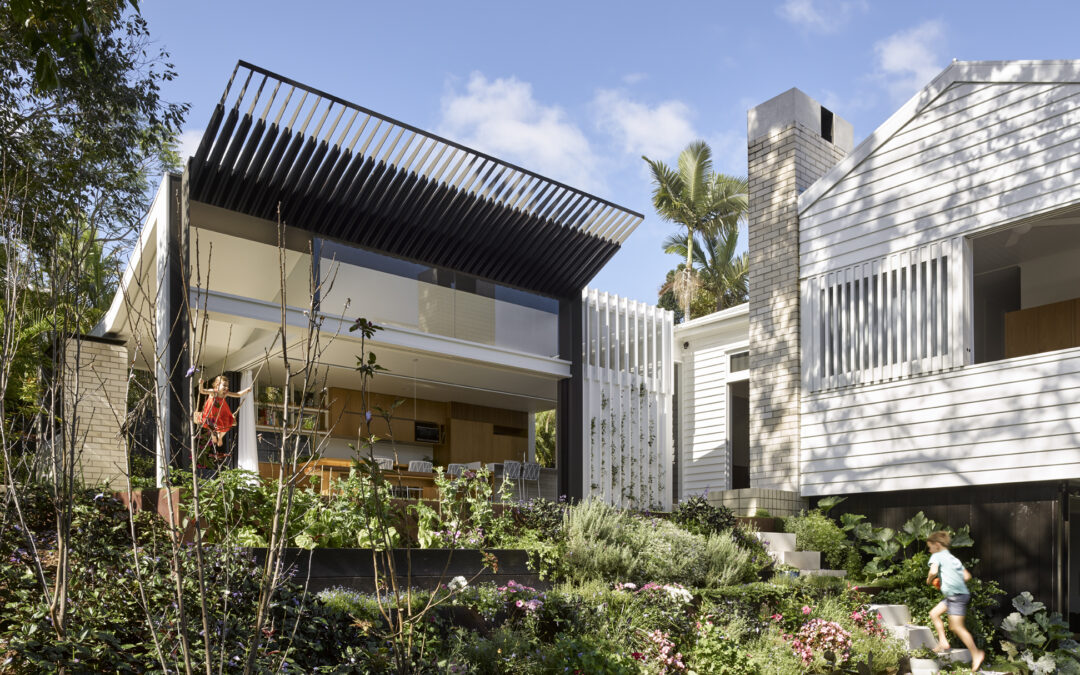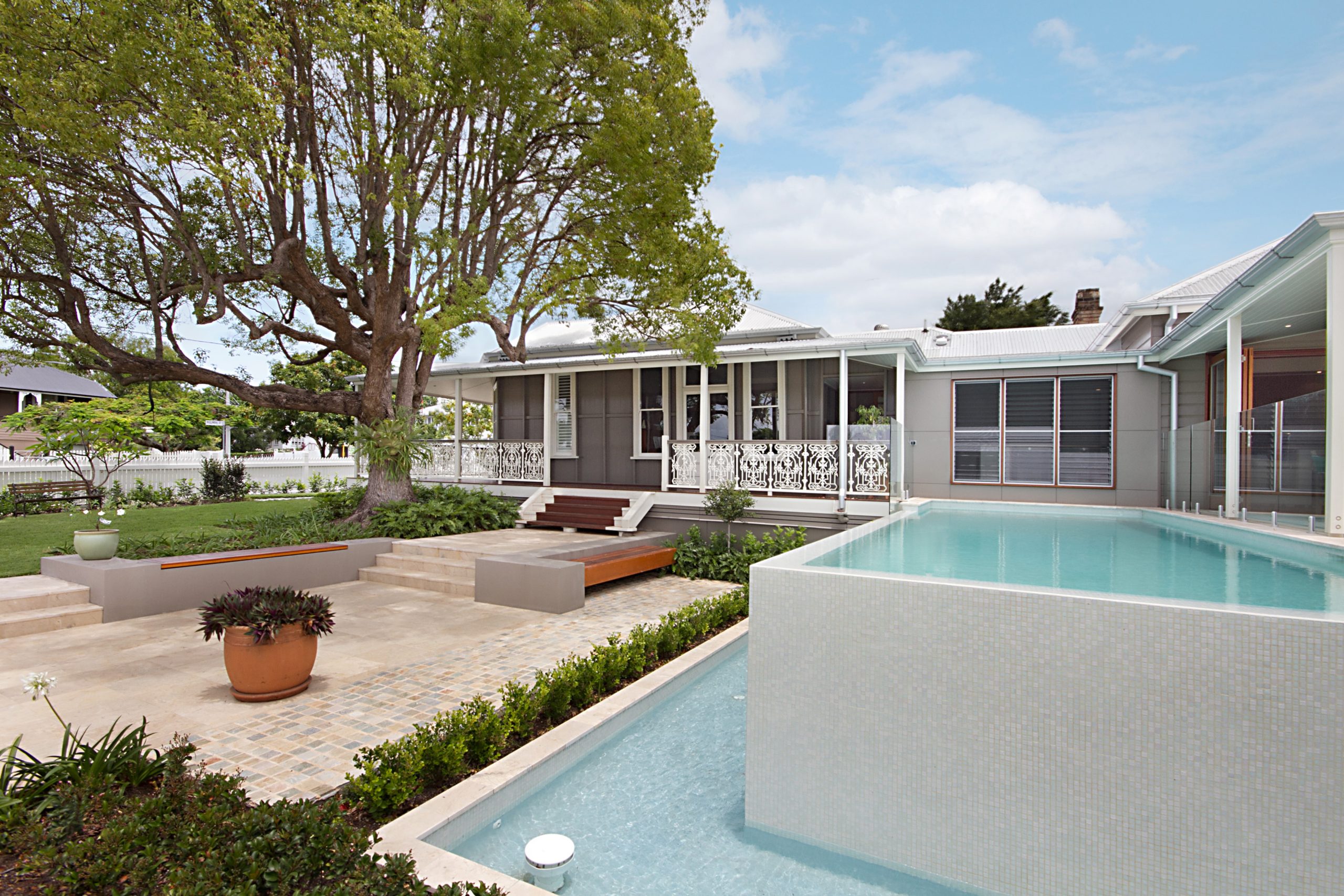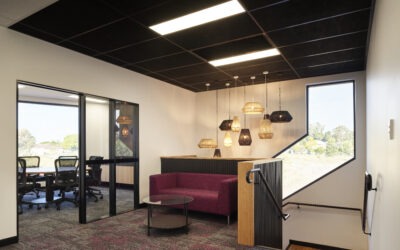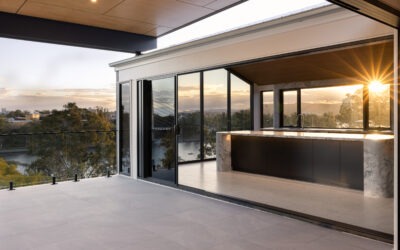It certainly pays to be a competent decision maker when building your own home. We’re spoilt for choice in most areas of the design and build process, however not every option is suitable for each home builder’s needs.
Possibly the biggest decision you’ll make will be which material to construct your home with.
If you’ve resorted to flipping a coin to decide on what building material will work best, think again. Unfortunately, coins consist of two sides, and you’re blessed with three outstanding options.
We’ll delve a little deeper into timber, brick, and stone to uncover which material will work best for you.
1. Timber
Timber is a prehistoric marvel. Our ancestors took advantage of this remarkable material, and it’s no surprise its popularity has continued in modern architecture. Timber frame houses are constructed with panels built out of timber studwork. These panels can be built on site, or constructed in a factory for on-site assembly. This method encourages dimensional accuracy, and allows for a high standard of quality control. There are several advantages and disadvantages to review when considering timber for your new build.
Advantages
- Insulation: Timber is a natural insulator, meaning less energy is required to heat and cool your home.
- Sustainability: It’s a sustainable and renewable source that gets a thumbs up from an ecological standpoint. Not to mention, timber stores carbon dioxide, reducing the amount that is released into the atmosphere.
- Precision: Frames can be engineered in a factory, reducing human error.
- Speed: Timber frame buildings are far quicker to erect than brick, due to factory engineering.
- Durability: Wooden structures are cheap and easy to maintain, and will wear well overtime if proper maintenance is applied.
Disadvantages
- Pest attacks: Timber is highly susceptible to mould, fungi, and insect attacks. Research the area you are building in to determine if there is an increased risk of biotic deterioration.
- Shrinking and swelling: Timber is a hydroscopic material and will absorb condensable vapours. Shrunken or swollen door frames may need to be replaced over time.
- Fire: The carbon and hydrogen properties of timber, combined with oxygen, make it a combustible material. Timber must be specially treated to reduce the risk of fire.
- Maintenance: Timber must be treated and maintained over time, especially if it’s exposed to harsh weather conditions. If left untreated, it will deteriorate much quicker than its stone and brick counterparts.
- Building Limitations: Timber framing is not suitable for building projects below finished grown level.
While the disadvantages can pose problems down the line, there are many benefits to building with timber that can make the building process fast, efficient, and environmentally friendly.
2. Brick & Block
Brick housing construction is an ancient technique, however innovative construction systems have lessened its drawbacks, making it an appealing option for contemporary architecture. Common house bricks consist of clay and shale. Solid brick houses are built with a double layer, with foam insulation in between. Bricks can also be installed as a veneer around timber frames. Brick & Block walls in modern homes are often hidden behind plasterboard, meaning you can create the feature wall you’ve always dreamed of!

Advantages
- Weather resistance: A brick or block house will be the most durable during floods and cyclones. This is a huge consideration in Queensland, and due to the regularity of natural disasters, it has become a popular and safe option.
- Insulation: Solid brick walls have a high thermal mass, which effectively regulates indoor temperatures.
- Easy maintenance: alongside durability, bricks are easy to maintain. There is no risk of deterioration or pests.
Brick homes tie in well with Australian living, however there are disadvantages to building with bricks.
Disadvantages
- More expensive: Brick houses require concrete foundations, reinforcing bars, and pillars to create a structure. Due to the additional weight and increased support, it’s often a more expensive process.
- Lengthy construction: Building a brick home takes longer as there are certain steps that can’t be fast tracked.
- Less sustainable: While brick houses are more sustainable over time, the manufacturing process is less environmentally friendly than that of timber or stone, which occur naturally.
3. Stone
The finish on a stone home is undoubtedly impressive. While its traditional looks are a true winner, stone structures also have the capability to stand for hundreds of years. A stronger stone like granite is commonly used, as opposed to limestone and sandstone which deteriorate a lot quicker. Stone walls can be made from rocks in natural form, or cut into bricks depending on the desired appearance. The rocks are then assembled on a foundation to create walls that are able bear the weight of the roof and any upper floors. While stone homes are an ancient tradition, they’re also becoming a popular and eco-friendly option in modern architecture.
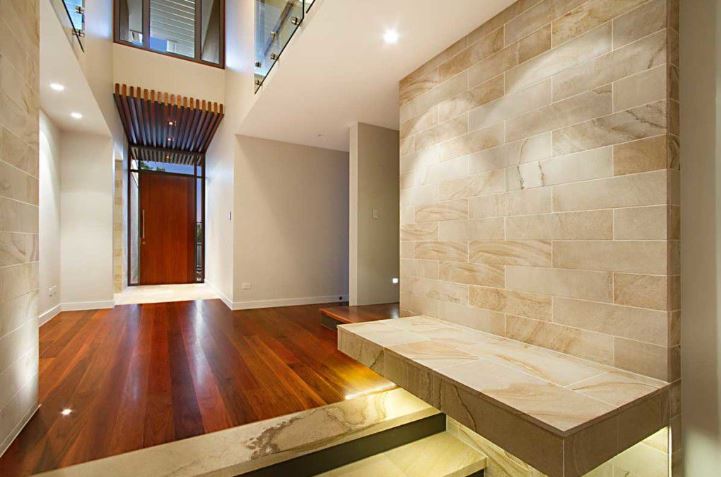
Advantages
- Durable: Stone buildings are fire and water resistant, and are not at risk of deterioration from pests.
- Sustainable: There are few construction materials more sustainable than stone. Stone can often be sourced locally, and its durability means it is harvested less.
- Low maintenance: Stone does not require painting or plastering, meaning it is simple to clean, and will keep its impressive appearance for longer.
The strength, durability, and natural beauty of stone homes is certainly commendable, but this does not necessarily outweigh the disadvantages.
Disadvantages
- Poor insulation: Unlike timber, stone is not considered a natural insulator. It’s recommended that stone houses utilise a solar passive design to reduce the use of energy to heat and cool the home.
- Cost: The cost of building with stone can often be significantly more than other resources. It is also crucial to spend the money on quality stone to reduce the risk of maintenance costs down the track.
The Final Say
All in all, each material is outstanding in its own way. Decide what is most important to you and your new home before making the choice. Are you looking to promote sustainability in an eco-friendly home? Or, are you determined to build a strong, durable home that requires little maintenance. Is cost a consideration, and how important are aesthetics?
Timber, brick, and stone are all historically acclaimed, and the choice moving forward is yours!
More from the blog
Creating Workspaces That Support People and Performance
A well-designed workspace goes beyond desks and chairs—it shapes how people work, collaborate, and feel throughout the day. At RYCON, we understand how much a well-designed workspace can influence...
Natural Light in Luxury Homes: Enhancing Beauty and Comfort
Images: Borva Street – Dutton Park, Full renovation. Learn more about this award-winning project here. Natural light is one of the most impactful design elements in a luxury home, creating spaces...
Choosing the Right Builder for your next Commercial Project
Selecting the right builder for your commercial project is a decision that can impact the quality, efficiency, and long-term success of your investment. A skilled and reliable builder will ensure...

